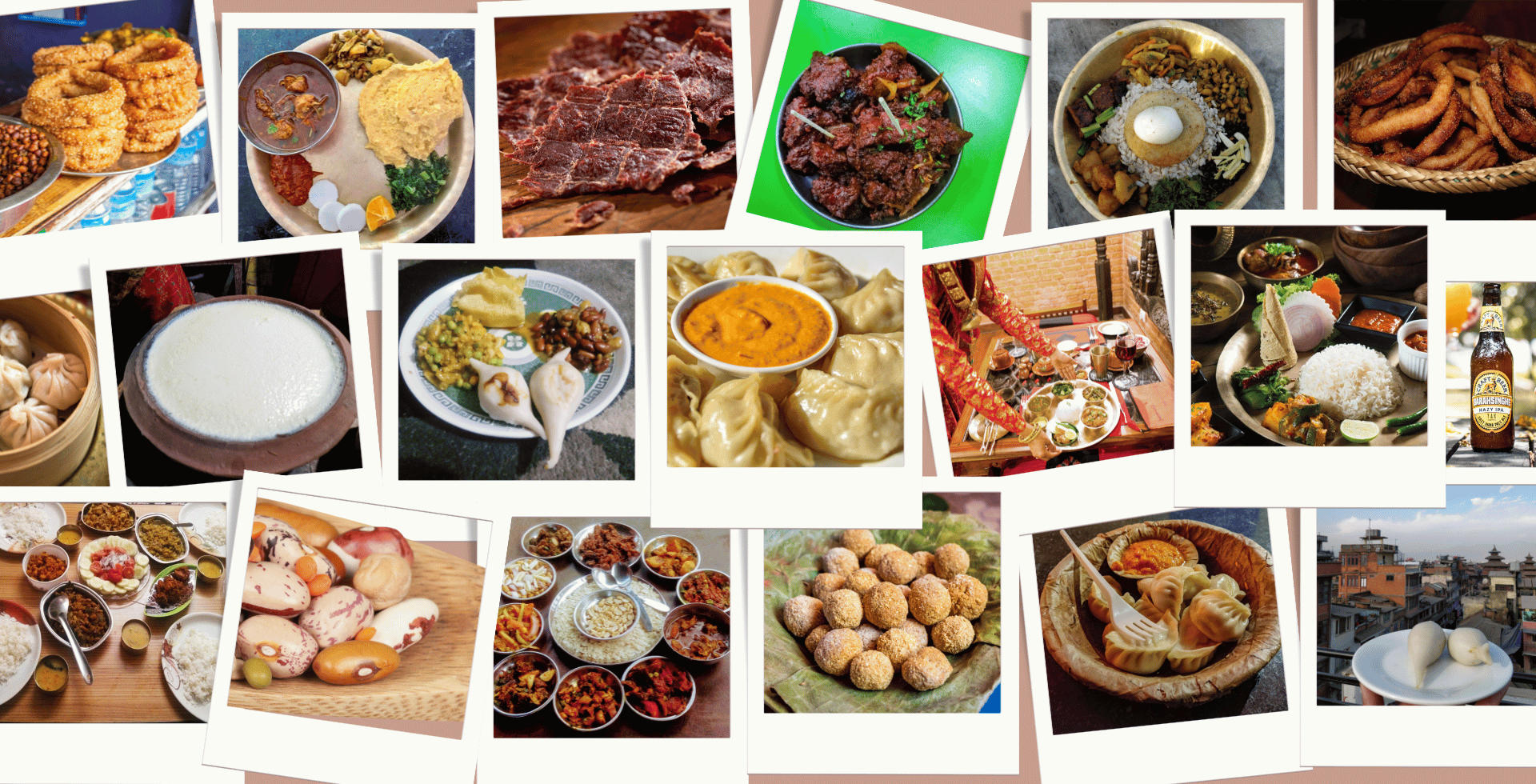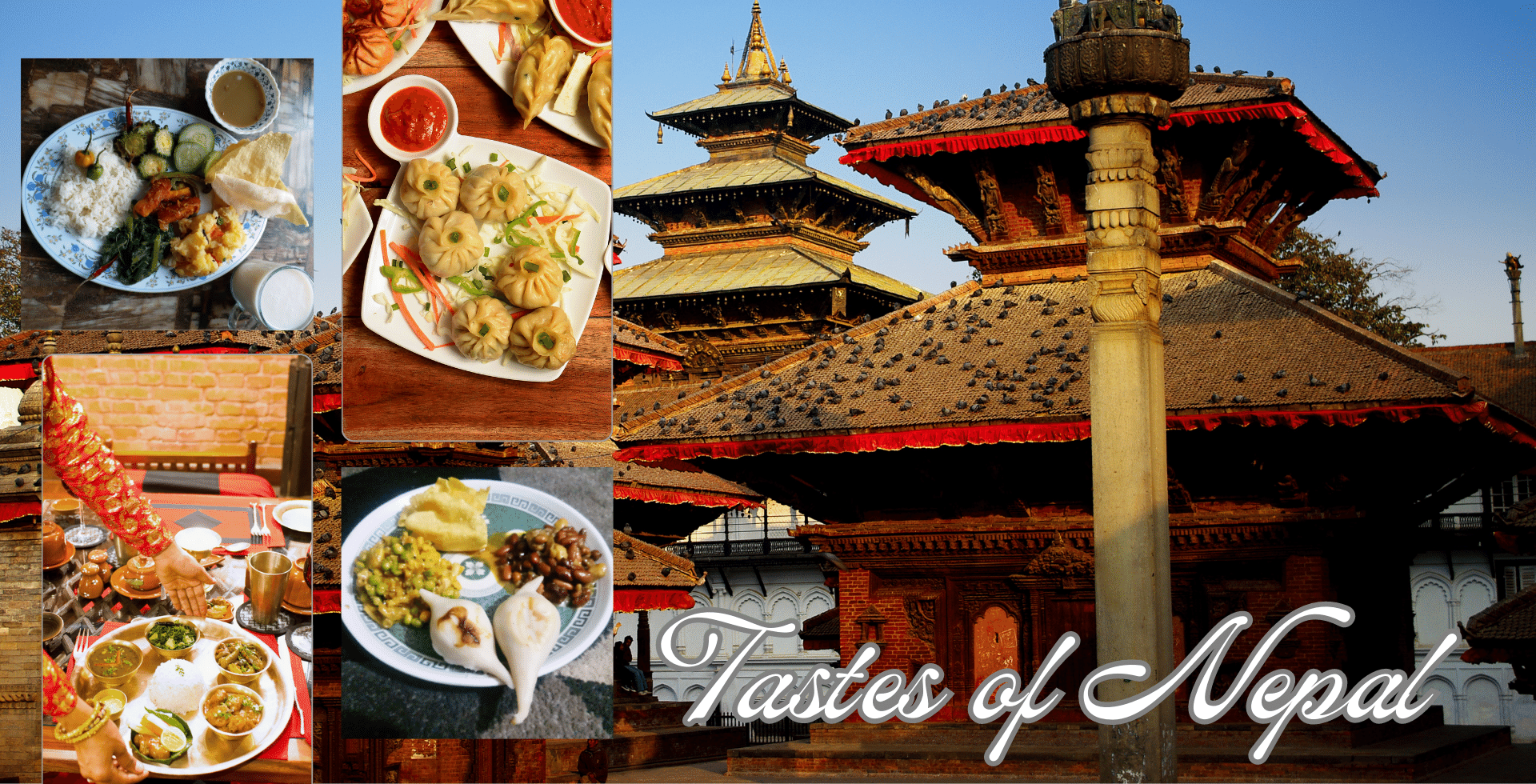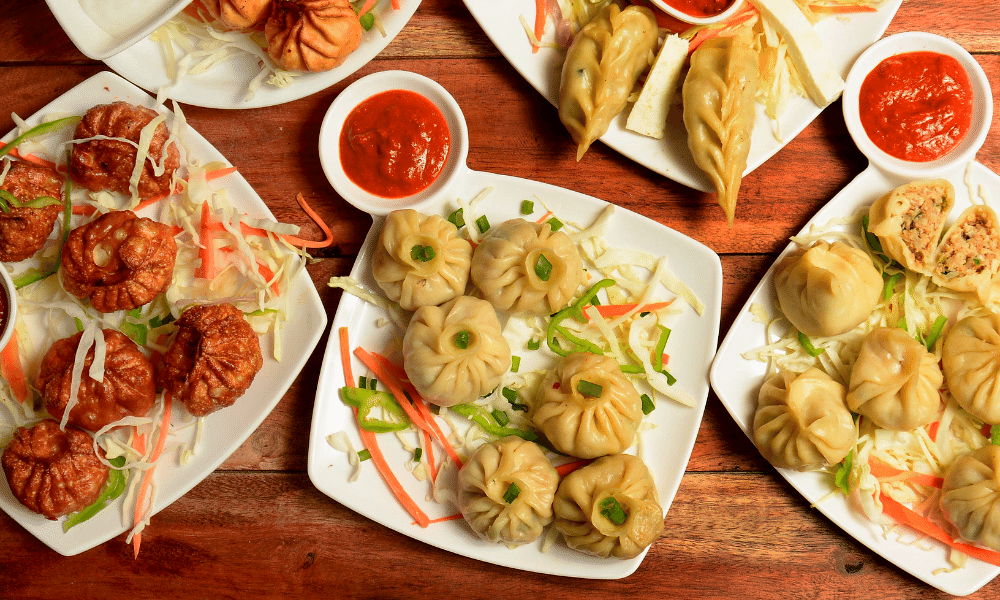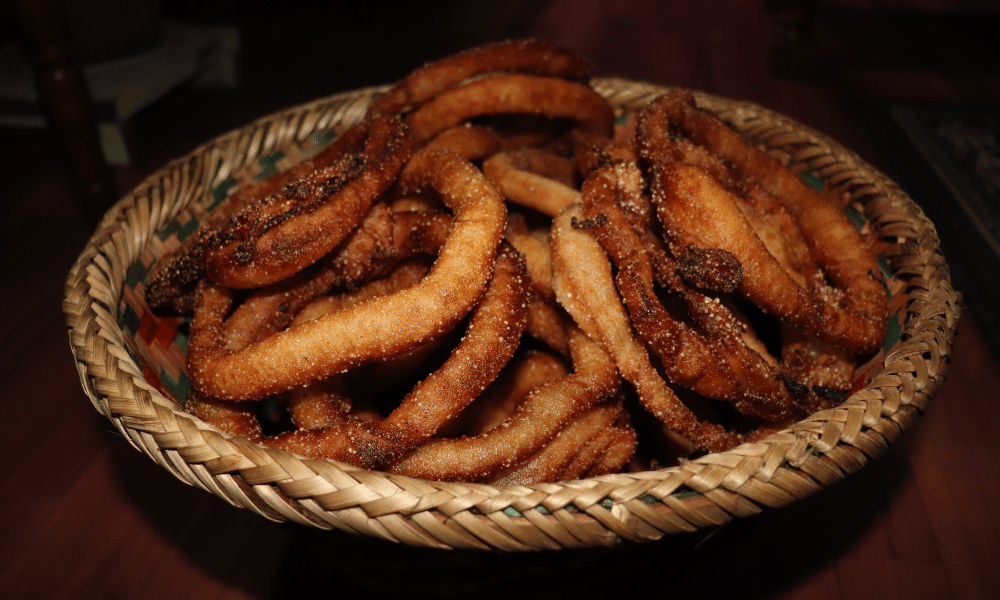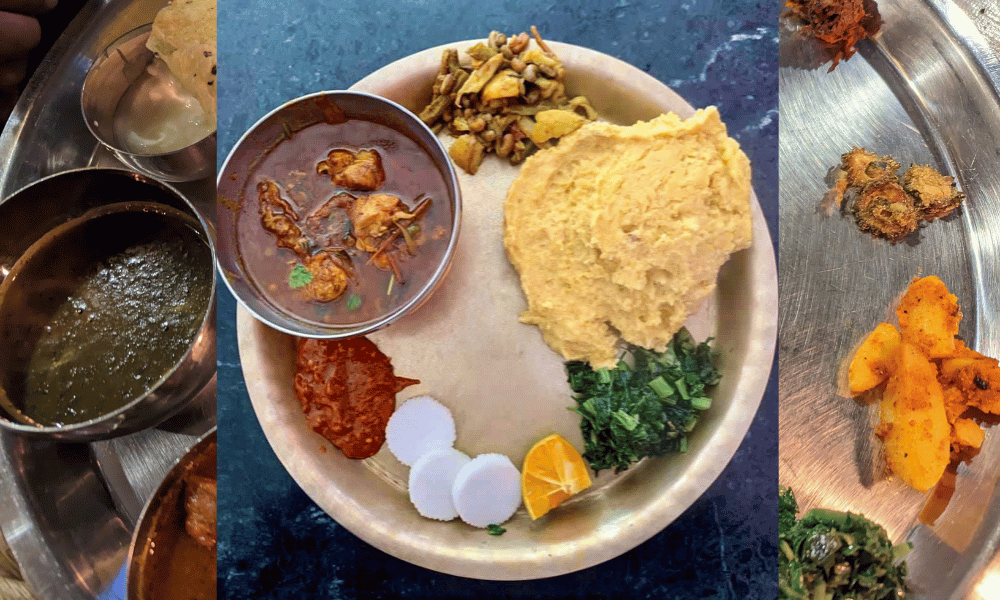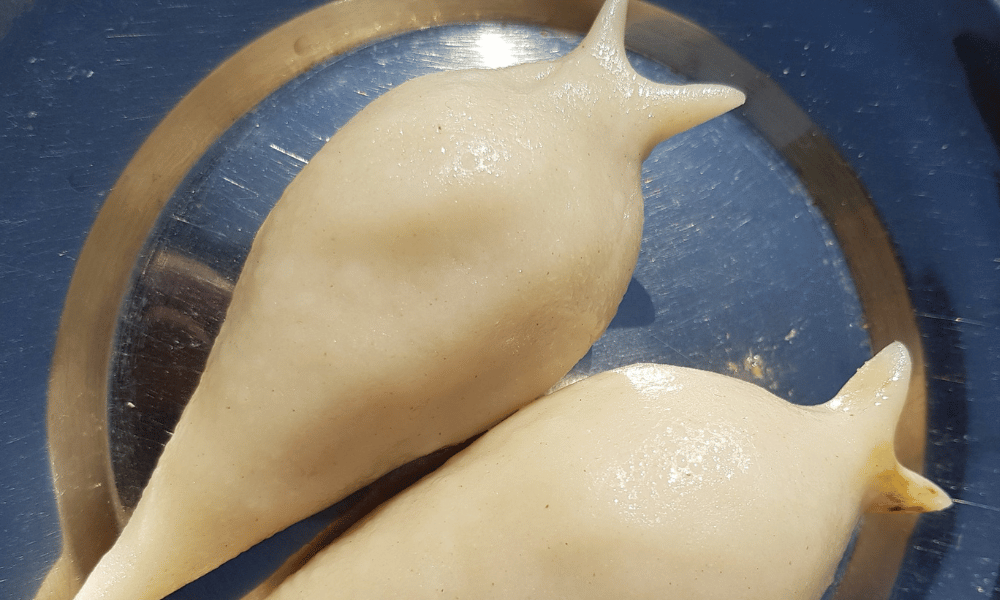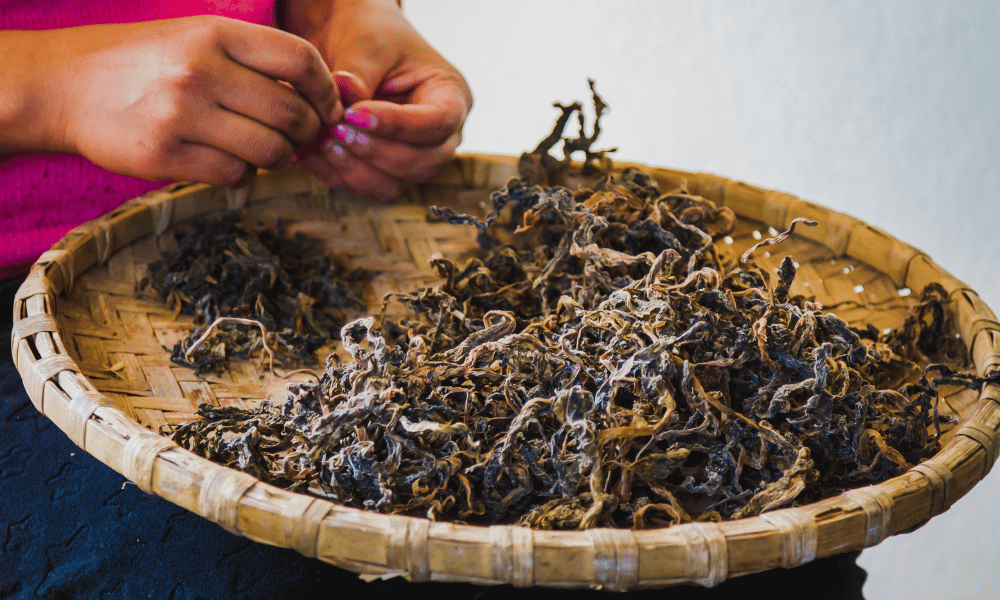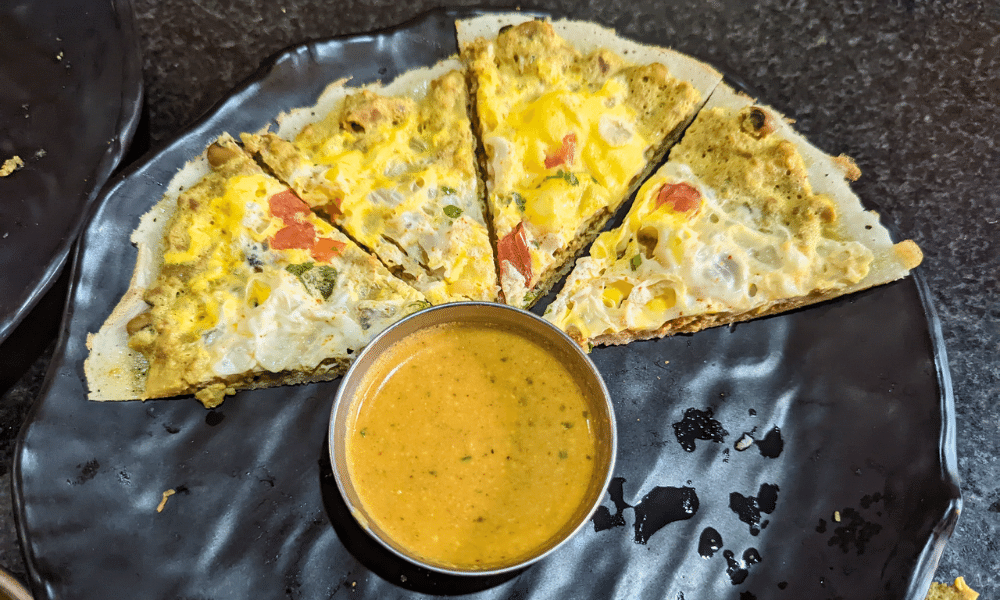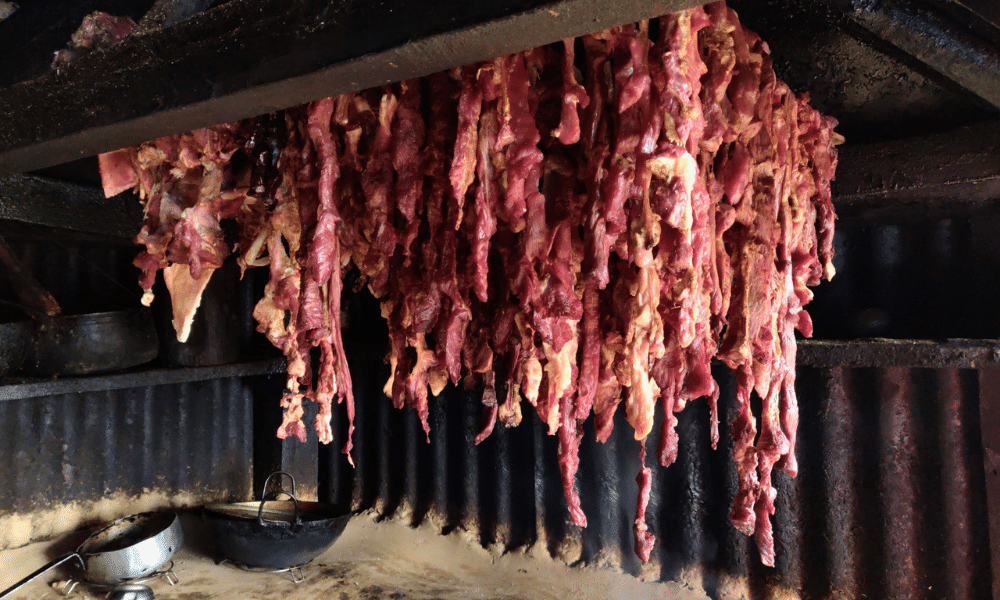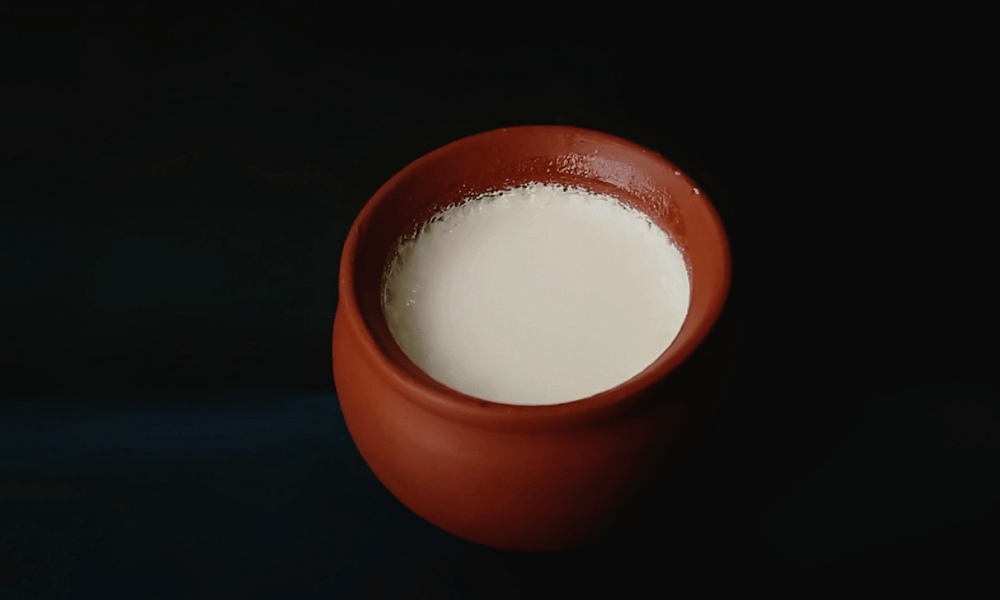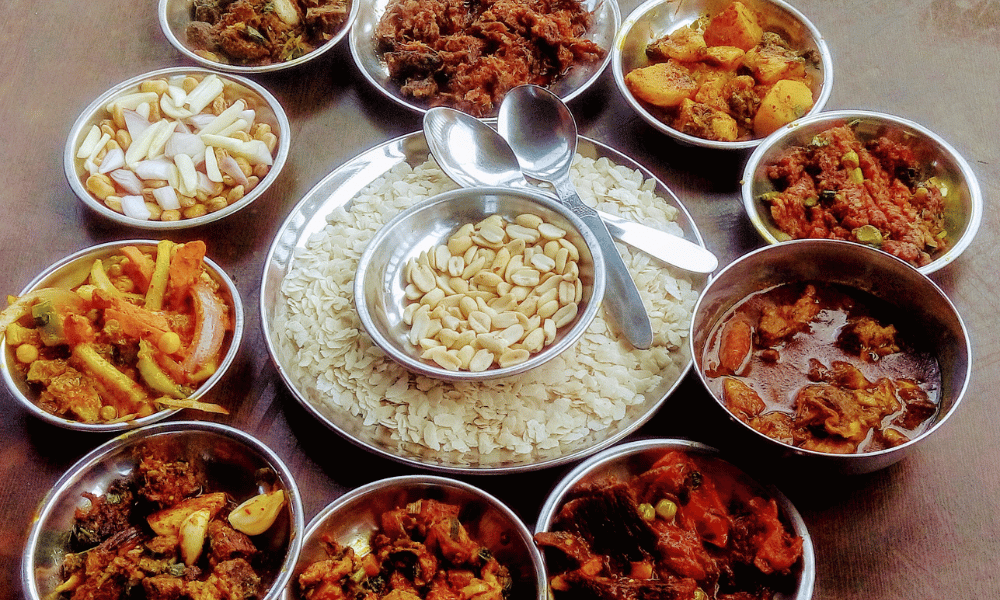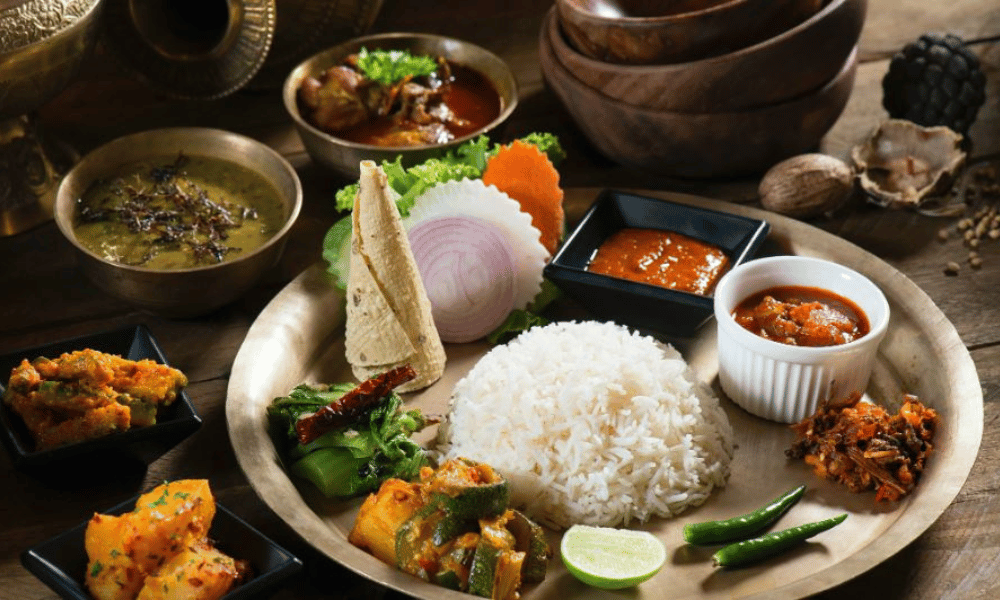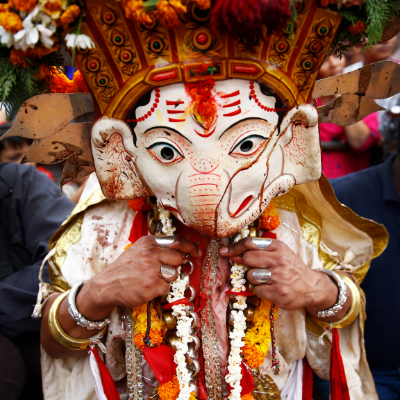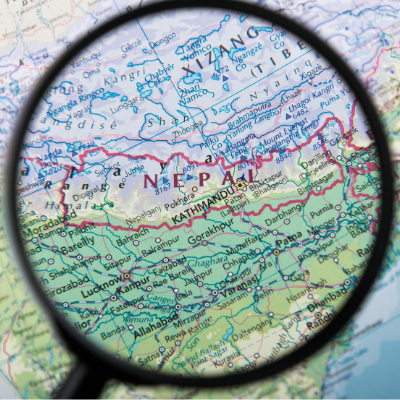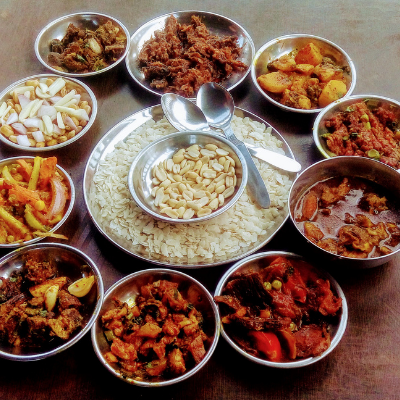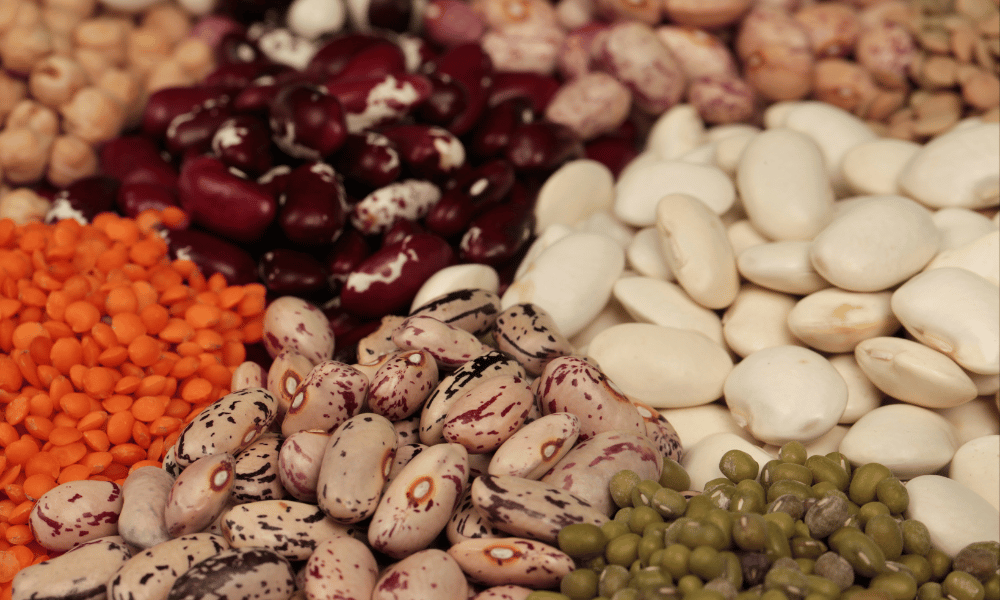
Kwati is a hearty and nutritious soup that originates from Nepal, particularly popular among the Newar community. This traditional dish is made from a combination of various beans and legumes, which are soaked and cooked together to create a flavorful and satisfying meal. Kwati is enjoyed year-round, but it holds special significance during certain festivals and celebrations.
Combination of Various Beans and Legumes:
The key ingredients in Kwati are a variety of beans and legumes, which typically include black-eyed peas, chickpeas, mung beans, field beans, soybeans, kidney beans, and pigeon peas, among others. The combination of beans and legumes provides a rich source of protein, fiber, vitamins, and minerals, making Kwati a nutritious and wholesome dish.
Health Benefits and Importance During Festivals:
Kwati is not only delicious but also offers numerous health benefits. The beans and legumes in the soup provide essential nutrients, while the warm and soothing nature of the dish makes it an ideal comfort food during colder months. Kwati is believed to have healing properties, and it is often consumed by those who are recovering from illness or who want to maintain good health.
In Nepal, Kwati is particularly important during the festival of Guni Punhi, also known as Kwati Punhi. This festival takes place during the monsoon season, usually in August, and is dedicated to the celebration of good health and prosperity. During Guni Punhi, families come together to prepare and share Kwati, believing that consuming the soup will ward off colds, aches, and other ailments associated with the rainy season.
Preparation and Cooking Process:
To prepare Kwati, the beans and legumes are first thoroughly cleaned and soaked in water for at least 8 hours or overnight. This soaking process softens the beans and helps reduce their cooking time.
After soaking, the beans and legumes are drained and placed in a large pot with water. The pot is brought to a boil, and the beans are cooked until they become tender. Meanwhile, a spice mixture is prepared by sautéing onions, garlic, ginger, tomatoes, and a blend of spices, such as cumin, coriander, turmeric, and chili powder, in oil.
Once the beans are cooked, the spice mixture is added to the pot, and the soup is simmered for an additional 20-30 minutes to allow the flavors to meld. The Kwati is then seasoned with salt and garnished with fresh coriander leaves before serving.
Kwati is a delicious and nutritious Nepali dish that showcases the rich culinary heritage of the country. Its combination of beans, legumes, and aromatic spices creates a comforting and satisfying meal that is enjoyed by locals and visitors alike, particularly during the Guni Punhi festival.



